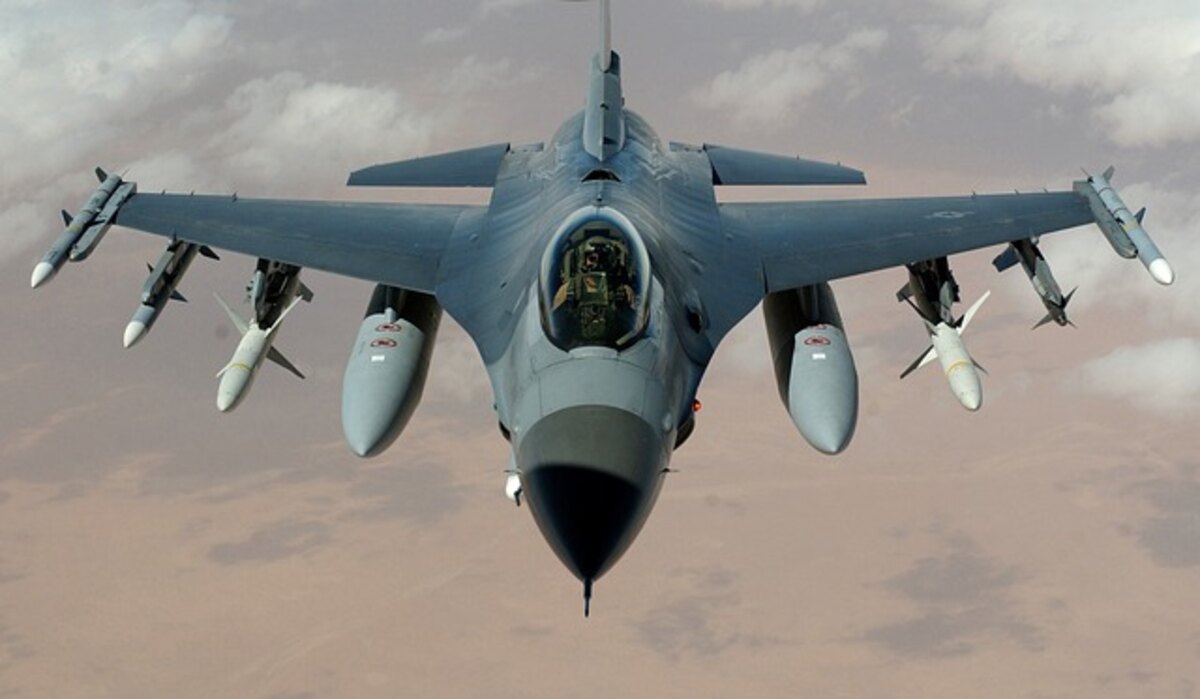Participate in Flight Instructor Training at a Local Flight School.
Is an aviation career something you’re considering? One can take various routes to earn a commercial pilot’s license and accrue the necessary flight time to be considered by a major airline. Becoming a Flight Instructor is a standard route to landing a high-paying position with a large airline. Let’s go in and take a closer look at this option:
Everyday Life – Chit Chat
Communication is one of the most critical aspects of your flight training, so let’s start there.
The ability to speak correctly in English is crucial, but many other factors must be considered. Understanding the pupils’ social and cultural norms is the first step toward developing superior communication abilities. Suppose you’re from one region and want to teach piloting in another. In that case, you should familiarize yourself with the local customs and traditions before interacting with the locals. One helpful piece of advice is to watch films about the local population, especially documentaries. One possible next step is joining social networking networks where people from your target area hang out. (Twitter, Facebook, etc.)
Human Societies
You’ll need to put your people skills to use by focusing on the needs of those you speak with. If you want to know how people see you, you must understand how you approach them. Your students’ ages range from 16 to 65, and you, as an educator, will need to be able to interact effectively with both “city people” and “country or small-town people.”
Pose Some Concerns
It’s essential to put yourself in the shoes of the person you’ll be teaching before you can effectively communicate with them. Ask your students if any of them are married. Is there a family there? Which comes first, boys or girls? Finding a point of agreement with your student can be accomplished in various ways. In most cases, friendships flourish when friends share interests or hobbies. As a flying instructor, you must establish areas of mutual interest with your students.
Being patient pays off.
The capacity to exercise patience is the most critical trait for a flight instructor. Recalling the novelty of the student’s experience will be challenging, and with originality comes anxiety. The student pilot will have difficulty remembering all you tell them since there is so much to learn. Keeping things light and amusing is a terrific approach to relax and get the student involved in discussing what is necessary for appropriate practices without putting too much pressure on either of you. Each student will progress through the material at their rate, which may or may not be the same as yours. As long as the student has no malicious intent, it is your responsibility to aid, not impede, the educational process by focusing on the motivation behind the student’s talents rather than their actual performance.
What steps must I take to work as a flight instructor in the USA?
A pilot in the United States needs at least a commercial pilot license (CPL) or an airline transport pilot license (ATP) to fly commercially legally. You need the appropriate category and classification of instrument rating to become a Flight Instructor. Those with a sport pilot license can become flight instructors in light-sport aircraft by earning a flight instructor certificate with a sport pilot rating.
To earn the right to teach others how to fly, prospective flight instructors must pass not one but two written exams covering topics like “Fundamentals of Instruction” and “knowledge of the category of aircraft where instructional privileges are desired,” in this case, fixed-wing aircraft. You must be at least 18 years old, first and foremost. Those pilots who have earned Commercial Privileges to fly lighter-than-air craft (balloons and airships) are also qualified to educate others on how to fly these aircraft types. On the other hand, lighter-than-air flight instructor privileges are not added to a Flight Instructor Certificate.
Just what steps do I need to take to join the ranks of Canada’s flight instructors?
The Canadian Commercial Pilot License or Airline Transport Pilot License holder may be qualified to add the Flight Instructor Rating – Aeroplane to their pilot’s license. The pilot starts with a classification of Class 4 Flight Instructor. This will allow a pilot to instruct other pilots in pursuing their licenses and ratings, including the RPP, PPL, CPL, VFR OTT (over-the-top), and Night Rating. Class 4 Flight Instructors, on the other hand, can only instruct students under the watchful eye of a pilot with a higher-level license.
An instructor can apply to upgrade their rating to Class 3, Class 2, or Class 1 if they have met all of the necessary conditions, including passing flight test records, gaining sufficient experience, passing the written exams, and passing the flight tests. Class 3 Flight Instructors are exempt from working under the supervision of a Class 1 or Class 2 instructor. You must complete ground school and flight training as a Class 1 flight instructor to earn your flight instructor rating.
You don’t need an instructor rating if you already have an instrument rating, multi-engine rating, type rating, and ratings in several class conversions, such as seaplane or landplane. Holding a Commercial Pilot License (CPL) or an Airline Transport License (ATL) may be the only real need, as long as you also have the necessary flying experience. In the case of an instrument rating, however, a pilot with a Flight Instructor rating can instruct students without the extensive experience typically required of non-flight instructors.
Visit Flight School HQ to learn more about the various aviation institutions where you can earn your flight instructor certification.
Check out the information on the website if you’re interested in teaching flying at a local Flight School.
Read also: https://maglysis.com/category/education/


